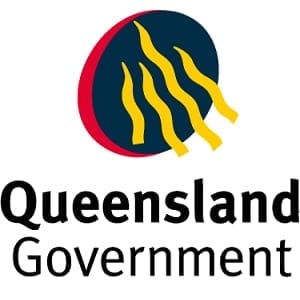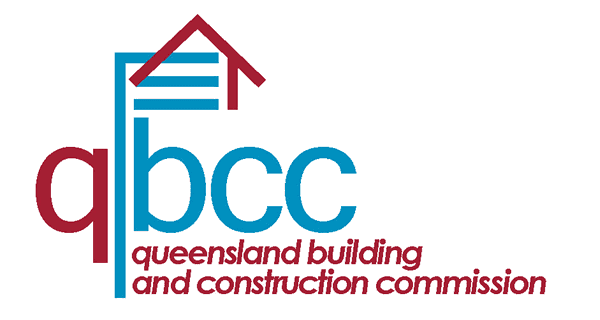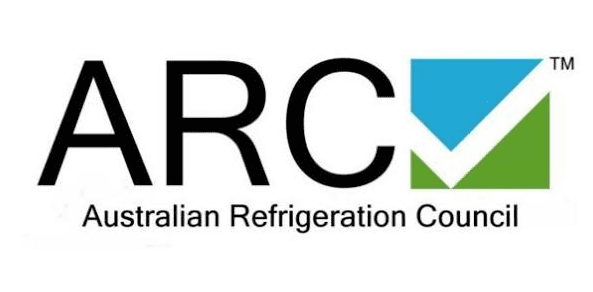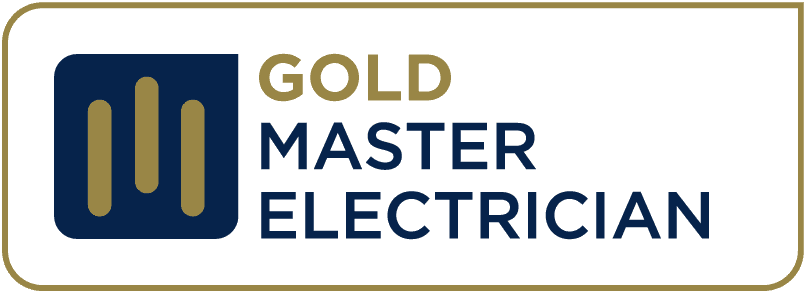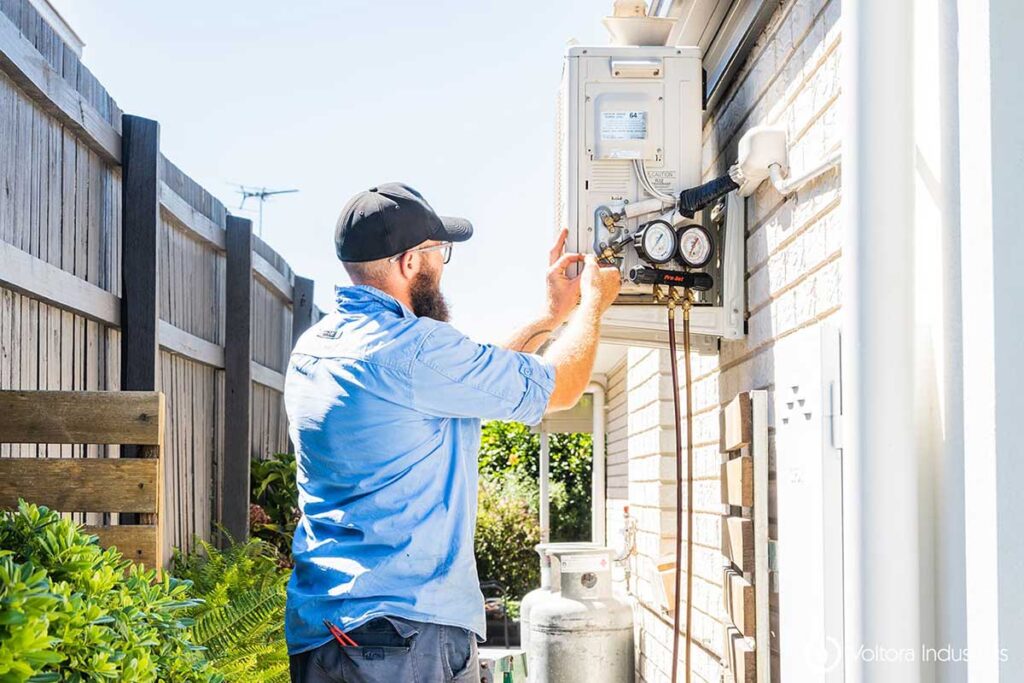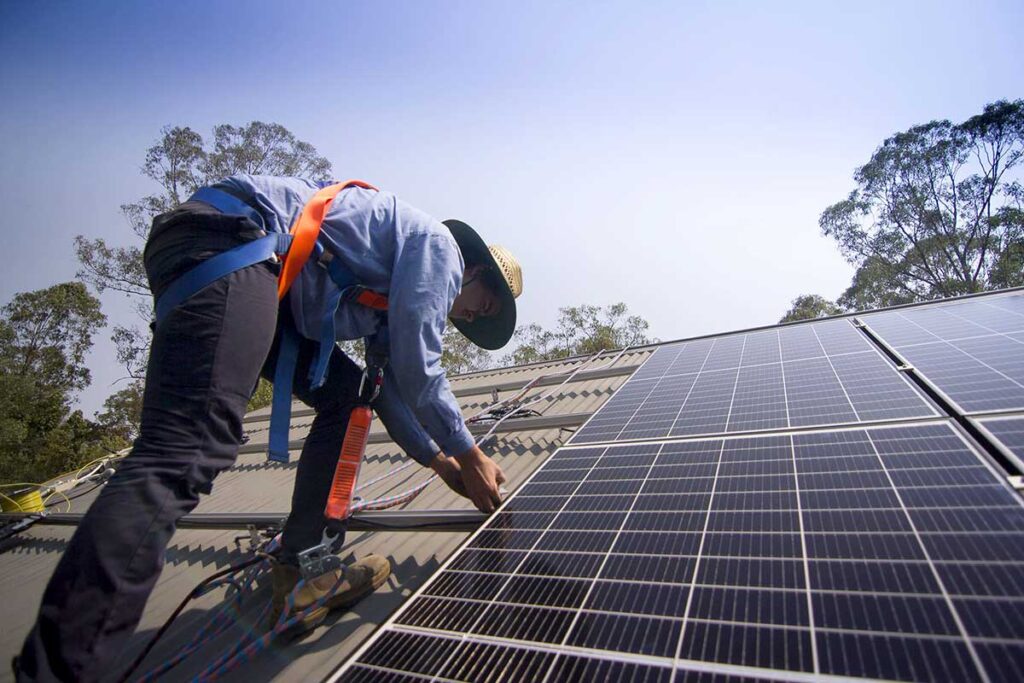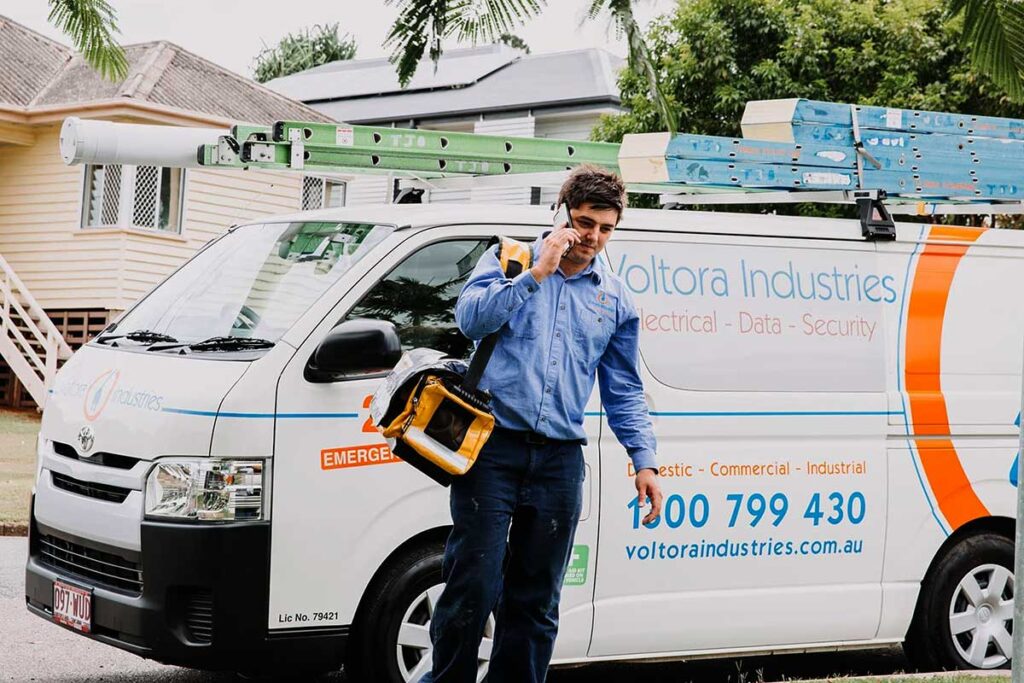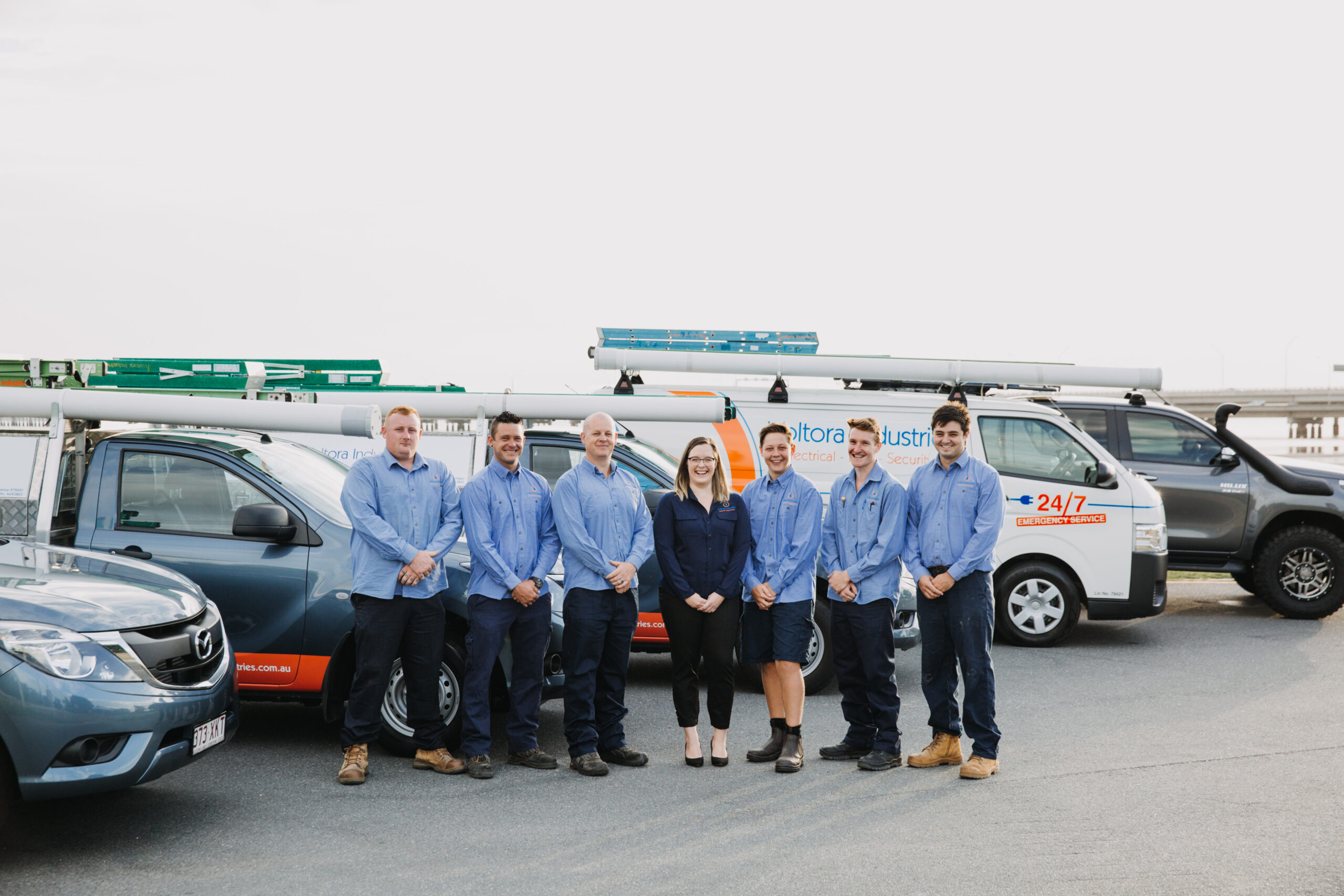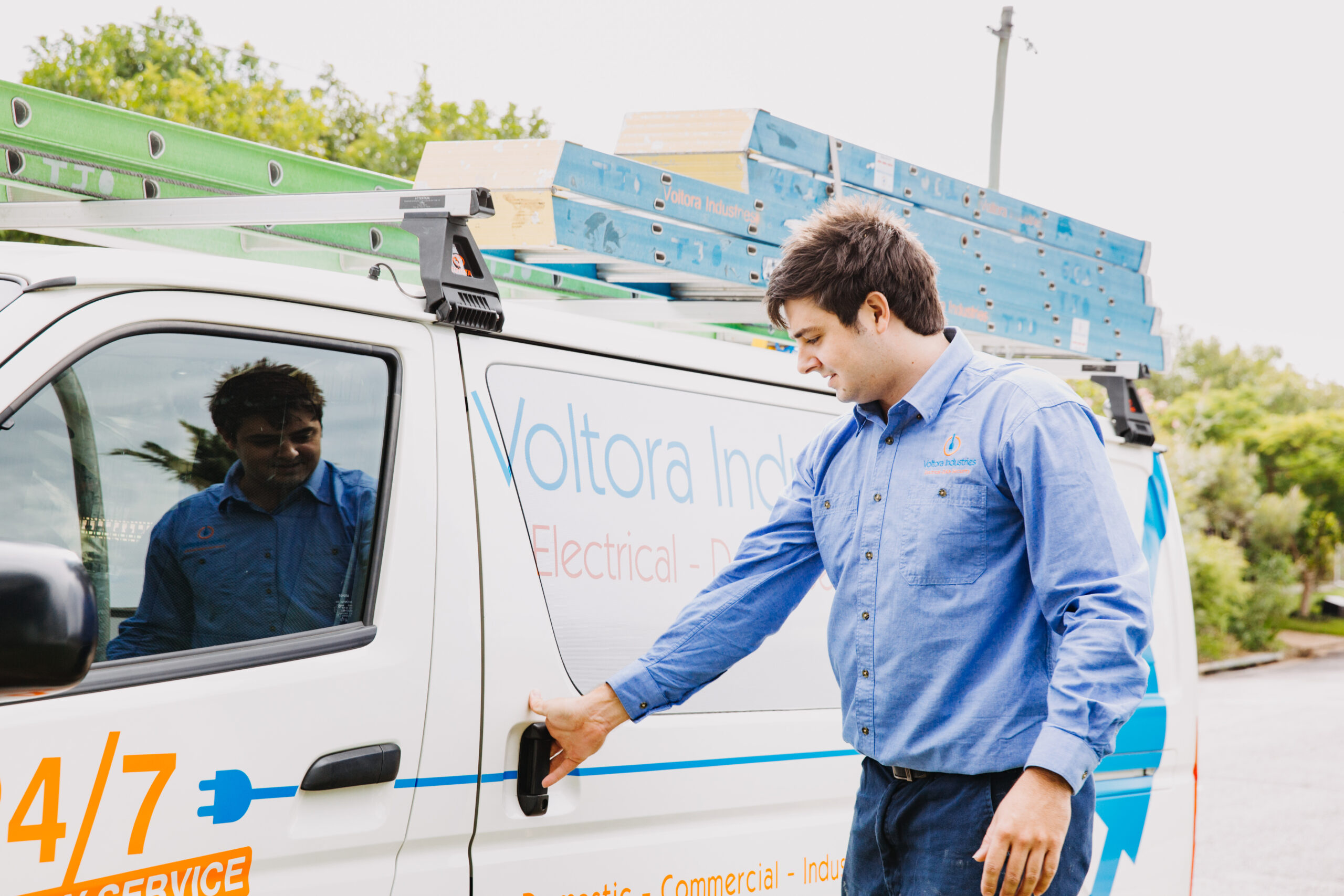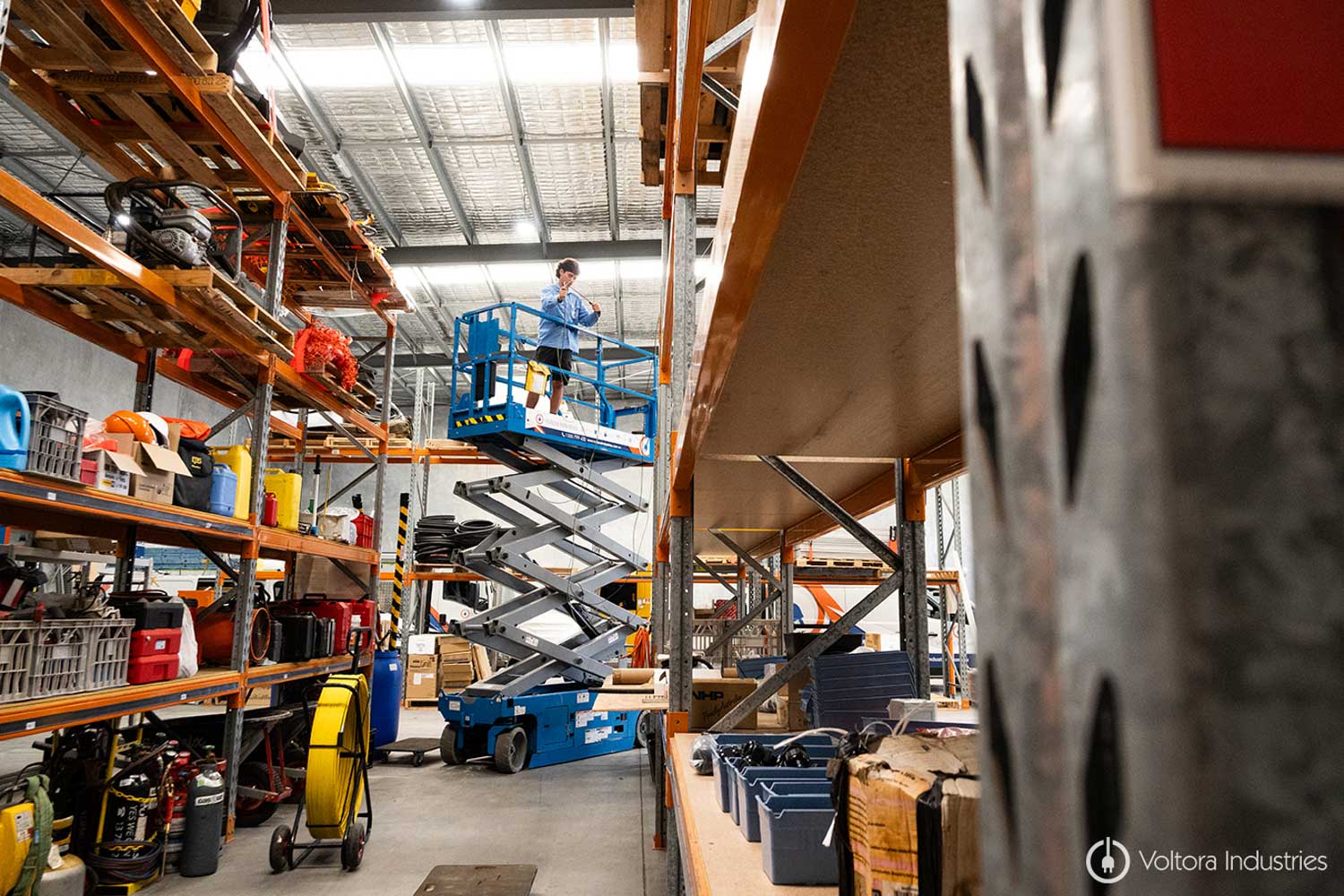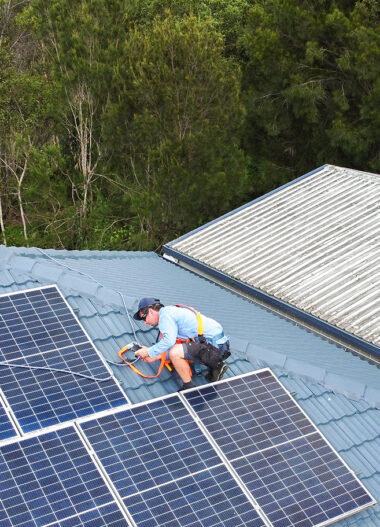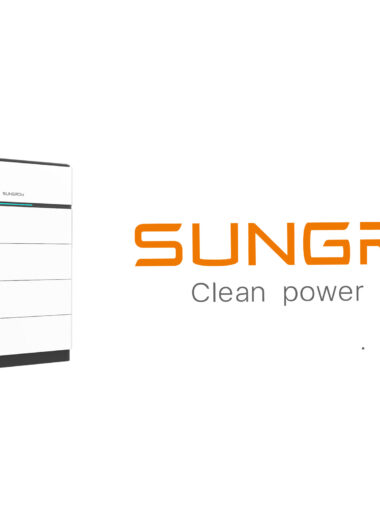Voltora Industries – The Brendale Electrician Brisbane Relies On
Our electrical services headquarters are in Brendale, but we service the whole of Brisbane, as well as all across South East Queensland. We have a fully mobile team of electricians and a fleet of service vehicles, fixing electrical problems from the Gold Coast to the Sunshine Coast and out to Ipswich too.
We are ‘Gold Master Electrician’ certified, and bring decades of experience to every job we attend. Our team gets the job done right every time – if we don’t, we’ll be back until you’re happy! That’s why we’re the first choice for South East Queensland and Brisbane electrical services.


